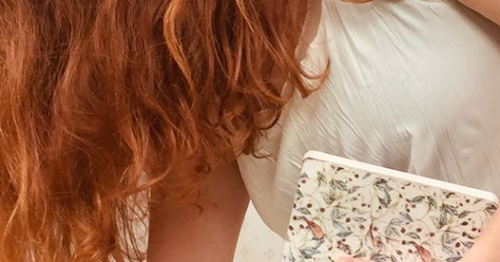In the programme we read:
In this complex world of climate change and global political madness, we have seen and heard heart breaking stories of families on the move, fleeing their homes and seeking refuge in other places. From our comparatively privileged and geographically isolated position in Aotearoa, it may seem that havoc of environmental and humanitarian crisis is still far away. In these performances of Sheltering Moves, we imagine communities who somehow survive in the irrevocably changed world of the future, sheltering together, finding refuge and solace in nourishing and caring for others, remembering those who have gone, and small moments of joy in dancing.
The information about this work, in the Hamilton Gardens Arts Festival booklet, states much of the above. This information serves to whet the appetites of potential attendees, by giving quite a lot of information about the work.
Together the two pieces of writing appear say it all!
Except that words have no way of truly expressing the sights, sounds and sensations of a live dance performance: the emotional relevance, the intimacy of touch, nurturing, supporting and belonging of human relationships.
The Pacific Crystal Palace provides an interesting circular space where patrons can relax and drink, and view a performance ‘in the round’. In this case, attendees are guided to sit on chairs placed around the edge of the circular wooden flooring. As we take our places, we hear a baby crying and see a furled tent and other props in the centre of the performance area. The dancers begin by raising the ‘tent’ and securing it to posts: a tangibly temporary shelter which is lowered again at the end of the performance.
I see the strength and passion of young women, the extreme tenderness of the new mother with her baby as she holds, caresses and dances with the child safely in her arms, the caring and nurturing older sister, and the wholesomeness and naturalness of the ever present, wisdom-laiden senior woman. I see smiling, connections, playfulness, supporting, valuing and respecting, as a light spins in the centre of the tent and the dancing figures are reflected in the mirrors forming part of the enclosing walls.
This dance work is a statement and a celebration of all the richness that women can experience as they work together to nurture, protect, nourish, support, share, and play together. There are moments of threat from outside, during which the women draw together in mutual support and protection. There are moments of pure joy and connectedness; the sharing of a story by the senior woman, the sharing of caring for the baby, of providing succour and healing to the hurting through warmth of smiles, physical closeness and inclusiveness. The sights and sounds of breathing, moving bodies, fabric brushing, floor boards creaking, and the affectionate glances, smiles and gentle touches, of people making real connections with each other.
At one point, banners are hung from the tent stating ‘shelter’, ‘nourish’, ‘belong’; yet another creative way of reinforcing the huge importance of this shelter amid the crises, human tragedy and the ecological fragility of our world.
In harmony with the accompanying music, I see bodies in movement, spinning speed, languorous pauses, shifting and changing groupings and dynamics, women who are solidly human, yet portray sparks of the unseen, of humour, caring, nurturing, nourishing, protecting, supporting, loving, sheltering… and seeking shelter.
The final page of the programme includes a poem by Janion Henwood called A Treasure for displacement and dispossession. The poemspeaks of tangible yet small and portable tokens that remind the dispossessed of who they are and where they come from, and pointing to glimpses of the riches and beauty of the earth that yet might bring comfort.
A deeply satisfying and optimistic view of how we can not only survive but flourish, as we make connections and care for each other. A plethora of messages that can best be communicated through art, particularly dance. We, in far away New Zealand, may be remote, but we are not unaware, unmoved, uncaring.
Copyright © in the review belongs to the reviewer





Comments